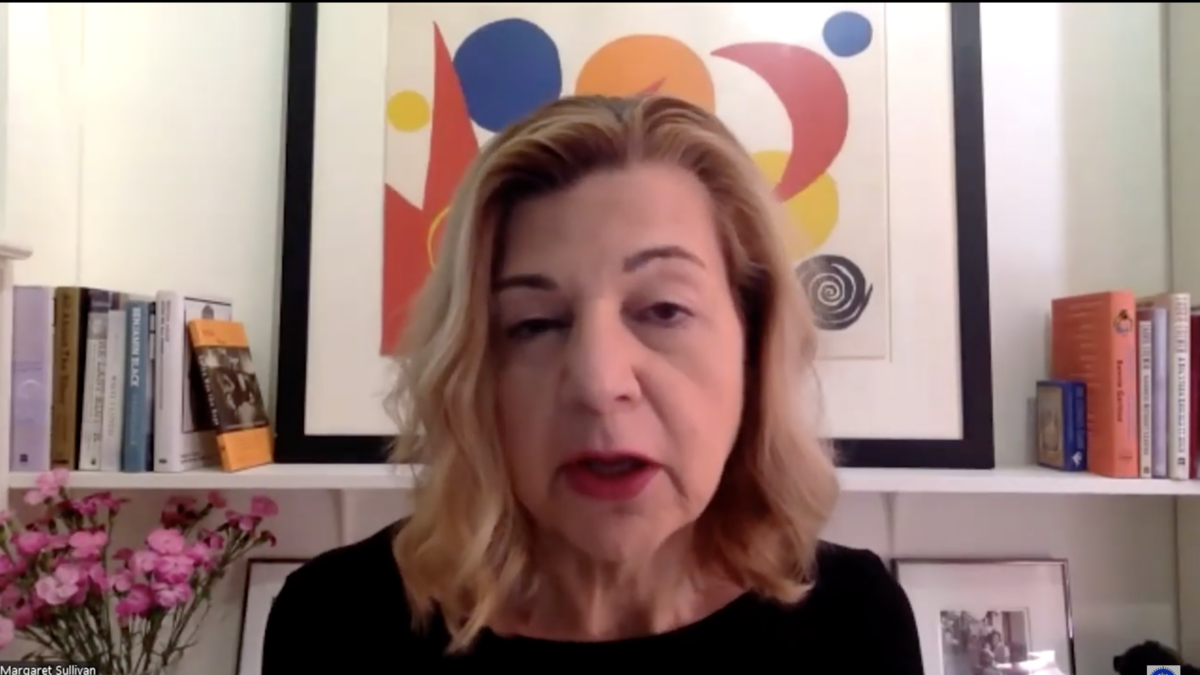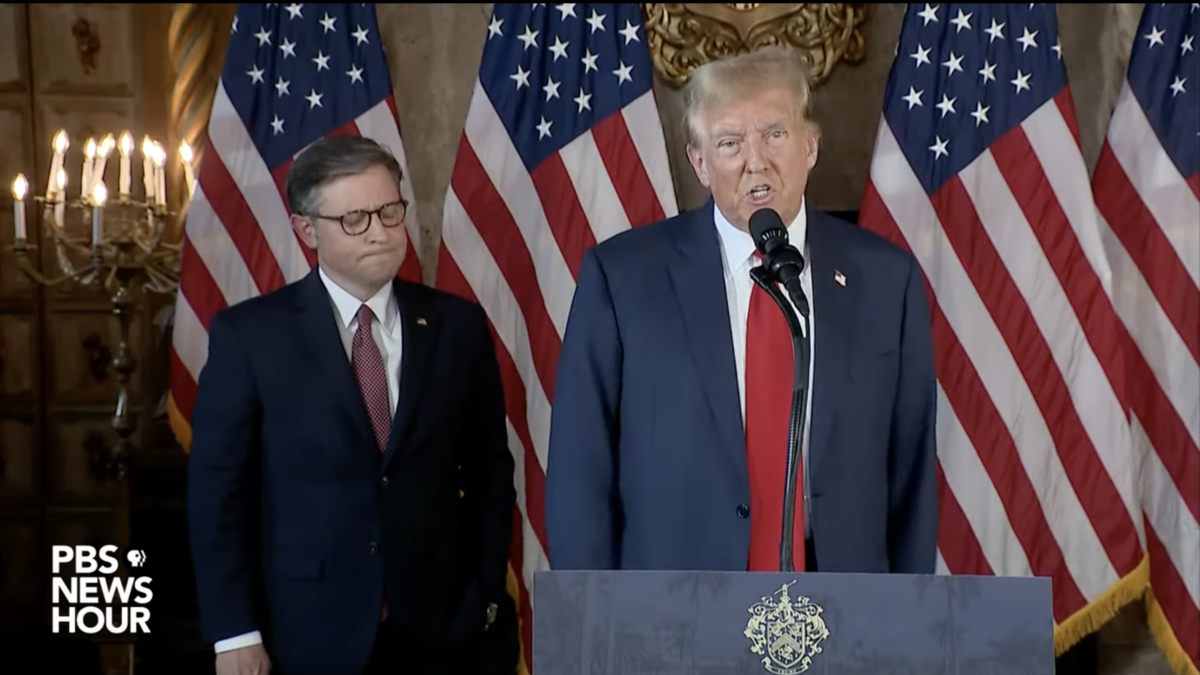The New York Times has smeared again, publishing another vicious and error-filled attack on Justice Clarence Thomas and his wife, Ginni. The Times’s latest salvo aims to malign Ginni Thomas for her conservative activist work, including falsely tying her to the planning of Jan. 6 rallies in Washington, D.C. New information reveals the Times knowingly printed a false allegation in a hit piece, demonstrating the depths to which it is willing to go in its anti-Thomas jihad.
Danny Hakim and Jo Becker co-authored The New York Times Magazine story, but it is Hakim whose reporting tactics are at issue. The Times alleged that Ginni Thomas played a “mediating role” between two groups that have been locked in a bitter battle for years, Women For America First (WFAF) and Tea Party Patriots, in the planning of events on Jan. 6. This is categorically false. Ginni Thomas played no role in the planning of Jan. 6 activities with any individual or group, period, let alone any “mediating role” between groups.
Newly obtained messages reveal Hakim was told in a text from Kylie Jane Kremer, the executive director of WFAF, “On background, no Ginni Thomas was not involved with WFAF regarding Jan 6th planning.” Hakim received this text on Feb. 17 at 12:41 p.m., long before the New York Times story was published on Feb. 22.
In more exchanges with Hakim that day, Kremer wrote at 1:04 p.m., “Again, on background, [Ginni] wasn’t involved with us.” When Hakim persisted in trying to prod Kremer to go on record about whether Ginni Thomas played a mediating role, Kremer responded at 1:08 p.m., “It’s irrelevant to us because we weren’t interacting with her at all.”
Hakim refused to use these Kremer statements (even on background, which means the quote can be used as long as the source isn’t explicitly named) in his story, and then his story falsely claimed that Kremer refused to answer his question about Ginni Thomas’ alleged “mediating role” with WFAF. She answered it three times.
Instead, Hakim and Becker cited Dustin Stockton, a former Tea Party organizer who was part of the March for Trump bus tour, who claims he, according to the Times, “had been told by another organizer, Caroline Wren, on Jan. 5 that it was Ginni Thomas who worked to bring unity ahead of the rally.” According to the Times story, “Wren disputed Stockton’s account.”
So, the Times ran a story its reporter was told was false by a person with first-hand knowledge (Kremer). Instead, Hakim quoted someone (Stockton) with no first-hand knowledge of this allegation. On top of that, Stockton’s source (Wren) disputed his account to the Times.
How on earth can The New York Times run this allegation about Ginni Thomas? How can Hakim claim that Kremer did not answer his question?
Once The New York Times Magazine story ran online on Feb. 22, Kremer texted Hakim asking if he was going to issue a correction to the story regarding the falsehood that she “did not answer that question” about Ginni Thomas’ alleged mediating role. Hakim acknowledged he received her answer but claimed, “I would’ve preferred to have it in a way I could use.” Kremer responded, “You cannot lie and say I didn’t answer the question. Just because I answered it on background, doesn’t mean you can say I didn’t answer it.”
She then texted a quote on the record, and Hakim proceeded to tweet out, “Just got a new statement from @KylieJaneKremer: ‘Ginni Thomas was not involved with the planning of our January 6th rally at the Ellipse.’” But Hakim already had this statement on Feb. 17. The Times did not update the online story, nor did it add the quote to its printed edition, which was published on Feb. 27.
Worse, when these falsehoods are printed, they are amped up into even bigger untruths. The Times’ David Leonhardt published a New York Times story on the same day Hakim’s article went up, with this outrageous line: “The spouse of a sitting Supreme Court justice played an active role in an effort to overturn the result of a presidential election, hand victory to the loser and unravel American democracy.” This is false, should be retracted, and frankly Leonhardt should issue an apology.
With reportage like this, the Times ought to consider changing its slogan to: “All the narrative fit to print.” It never seems to let the facts get in the way of a good one.









